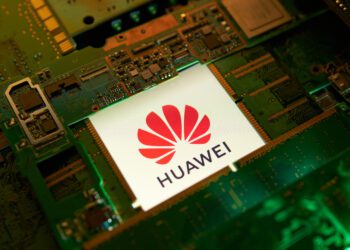With changing business dynamics and increasing layers of complexity, expectations of the CPO role have increased. Insights from Deloitte’s 2021 Global CPO Survey suggest that building capabilities focused on agility is CPOs’ best bet to meet and exceed them.
This year, we’re celebrating the 10-year anniversary of the Deloitte Chief Procurement Officer Survey, marking a decade of benchmarking the procurement industry.
What 2020 did to businesses worldwide is no secret. COVID-19 affected almost every function in one way or another, and Procurement has been no exception. Leaders had to change strategies in an instant to adapt to the “next normal.” But the change chief procurement officers (CPOs) have had to endure and the associated layers of complexity were building up even before the pandemic struck. It isn’t just about cost savings and operational efficiency anymore. There’s so much more to Procurement today—innovation, digital transformation, introducing new products and services, not to mention other factors such as climate change, geopolitical stability, increasing societal expectations, and world health that are increasingly becoming a strategic priority for organizations. Clearly, there’s plenty on CPOs’ plates, with no relief in sight.
At first glance, one would feel CPOs have more to bite off than they can chew. But if insights derived from our 2021 Global CPO Survey are anything to go by, high-performing CPOs are successfully navigating these complexities while delivering across a greater breadth of KPIs. Although there are still heavily focused on costs, they have expanded their value propositions to influence demand, drive innovation, and work closely with strategic suppliers and partners to foster commercial compliance, increase speed to market, accelerate M&A integration/divestiture programs, and drive continuous improvement. To get there, they’ve had to overhaul legacy processes, policies, metrics, tools, and (perhaps most challenging of all) mindsets, while still delivering measurable value improvements that clearly show up on financial statements. The secret to their success? Agility.
In this year’s survey, we tried to gauge agility through specific capabilities and through a composite “agility index.” Our findings reveal that agility does, in fact, strongly correlate with higher overall performance and other procurement capabilities. The top quartile agile Procurement organizations in our study (who we refer to in the report as “agility masters”) outperform their peers on all major performance metrics.
CPOs and their teams can take a page from this book and set themselves up for success going forward. Here’s what they can consider:
Focus on relationships and influence across functions and supply markets: Our research found that high performers and agility masters perform better on a higher “quality of [stakeholder] influence” rather than just the “quantity of sourcing-centric [spend] influence.” Procurement organizations need to think of managed service providers and ecosystem partners as their extended enterprise and put stakeholder/customer management at the center of their strategy. They can build collaborative muscle by flipping their linear sourcing-centric approach to third-party/partner management and developing a holistic supplier management approach.
By Aaron Addicoat, Jennifer Brown, Ryan Flynn & Jim Kilpatrick
Read the full report here.












